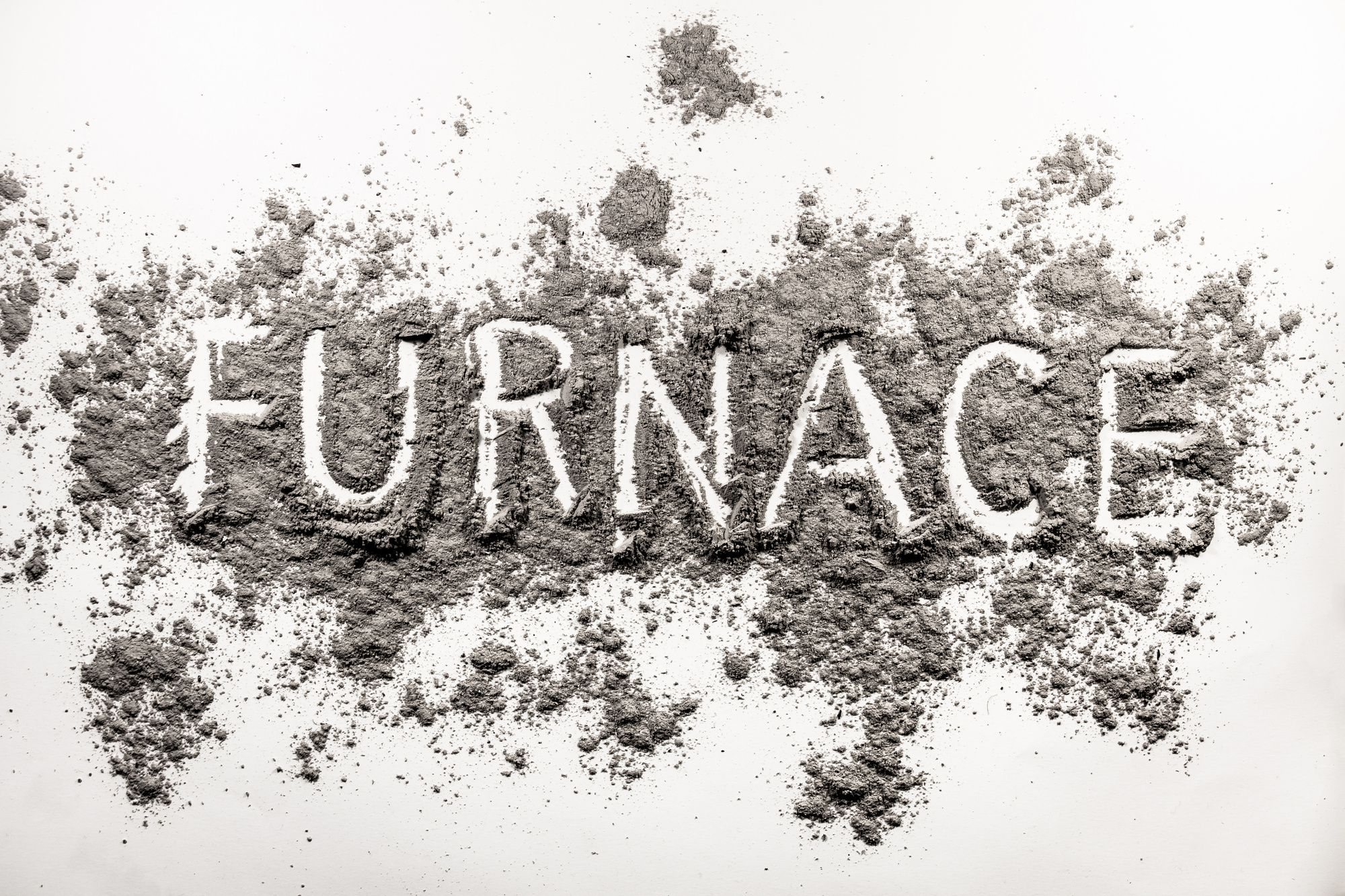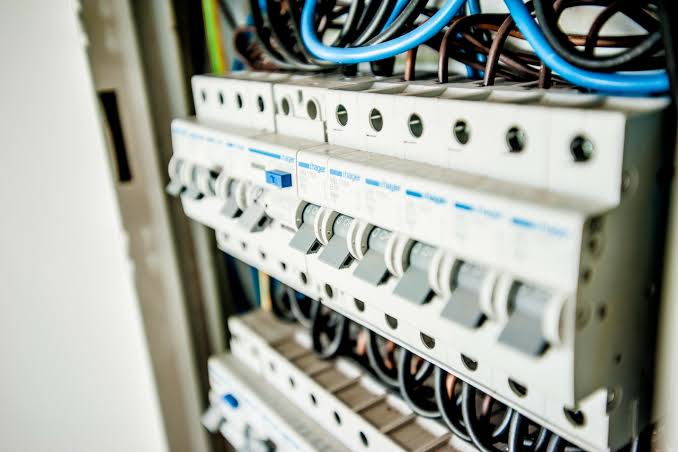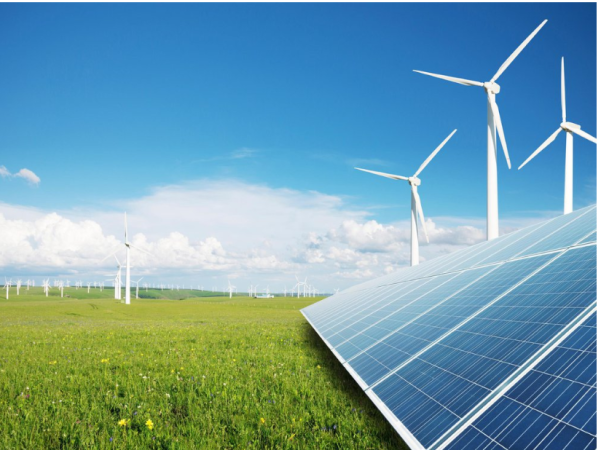Did you know that a typical furnace can last from 15 to 25 years? That’s great news, seeing as how these space heaters cost thousands of dollars to install.
That doesn’t mean you won’t experience furnace issues until after its 15th year of life, though. These problems can occur early, and they usually do due to a lack of maintenance.
Fortunately, many of these furnace woes are repairable, so long as you address them right away. Delaying repairs can cause further equipment damage and even put your safety at risk.
To that end, we came up with this guide listing the most common issues with furnaces. Read on to discover what they are, what causes them, and what to do if you experience them.
1. Incomplete Combustion
Incomplete combustion occurs when fuels only undergo partial burning. This usually happens in gas burners due to a lack of oxygen or low temperature.
Oxygen deficiency, in turn, usually results from blocked furnace vents. Low temperature can arise from air leaks in ducts, clogged burners, or blockages in gas lines.
Either way, incomplete combustion produces three times less heat energy than complete combustion. This may make your furnace feel as if it’s not blowing enough hot air. Partial burning can also force your heater to use more fuel to compensate for the weak heat it emits.
A more dangerous effect of incomplete combustion is carbon monoxide (CO) emission. A furnace that doesn’t completely burn fuel can produce CO concentrations of over 7,000 ppm. That’s way more than enough to cause dangerous, even deadly CO poisoning.
If you’ve noticed any of the signs of incomplete combustion, turn off your heater right away. Get in touch with a licensed HVAC repair man to have your heater serviced.
2. Broken Furnace Heat Exchanger
The heat exchanger in a gas furnace is a thin sheet of metal. It sits right between the combustion chamber and the blower.
The combustion chamber is where the burning process takes place. As the fuel combusts, it transfers heat to the heat exchanger. The blower then blows air across the exchanger’s surface, which then transfers heat to the air.
From there, the now-hot air circulates throughout your home to warm you up.
The other crucial role of a heat exchanger is to contain combustion gases, such as CO, within the chamber. You can think of it as a shield, keeping you and your fam safe from dangerous flue gases.
Over time, the metal making up the exchanger can develop cracks and holes. If this happens, toxic gases can leak into your home and cause poisoning.
As such, don’t put off calling for help if you are needing furnace repair service due to a faulty exchanger. One way to tell is if your heater produces strong, foul odors, which come from fumes. If you have a CO detector, the device will also register high CO levels.
3. Problems With the Pilot Light
The pilot light is a small blue flame that serves as an ignitor for the main furnace burner. In older furnaces, the pilot light remains lit all the time. However, a strong draft or dirt in the pilot burner or gas tube can make this light go out.
When that happens, the furnace will stop producing heat.
What’s even worse is that unburned gas will accumulate within the furnace. That built-up gas can explode if the pilot light goes on again. The gas can also seep into your home and cause potential CO poisoning.
Your furnace’s instruction manual should have instructions on relighting the pilot light. It usually involves turning off the pilot switch for a few minutes before turning it back on. Once on, you can relight the flame using a long lighter or one specifically designed for furnaces.
Call an HVAC specialist if the pilot light doesn’t come on, even after you try re-igniting it. There may be a problem with the gas tube or the pilot or main burner that requires repairs or replacements.
4. Weird or Obnoxiously Loud Noises
When you turn on the heater for the first time after a long period of rest, you might hear faint banging or popping. These are normal HVAC system sounds made by expanding metal. Cold environments make metals contract, while heat makes them expand.
Those noises should mellow down once all furnace parts have warmed up enough. If the sounds get louder, though, there might be dirt, debris, or soot build-up in the system.
For example, residue in burners can delay the combustion process, so the gas can go unburned. When it finally burns, the accumulated gas can give off a loud booming noise.
Ear-splitting scrapes are an indication of metal parts grinding against each other. An example is a loose blower wheel that bumps or scrapes against the blower case.
If your heater makes any of those weird or loud sounds, turn it off immediately. Schedule furnace repairs as soon as possible before your heater takes on more damage.
5. Odd or Unpleasant Smells
Bubbling or whistling sounds can indicate a leaking furnace gas pipe. In this case, rotten egg smells will assault your olfactory senses. Those odors come from mercaptan, a chemical mixed with natural gas.
While natural gas is safe so long as used properly, the gas pipes that carry it can still leak. If this happens, the gas can seep into the air and displace oxygen. This is how natural gas exposure can cause breathing difficulties and headaches.
Moreover, natural gas in elevated concentrations can explode when ignited.
If you believe you have a gas leak at home, switch your furnace and gas valve off. Evacuate your home immediately, but if you can, open a few windows and exterior doors. As soon as you’re outside, call 911 or your local fire department for assistance.
Address These Furnace Issues Before They Become Dangerous
As you can see, many furnace issues can be harmful or even deadly. That’s why it pays to know what these common heater woes are so that you can take the necessary steps right away. That includes calling a licensed HVAC pro as soon as you experience these problems.
Ready for more advice on home, health, and lifestyle? Then feel free to take a peek at our other informative blog posts!











